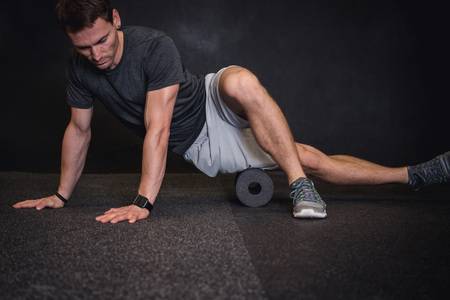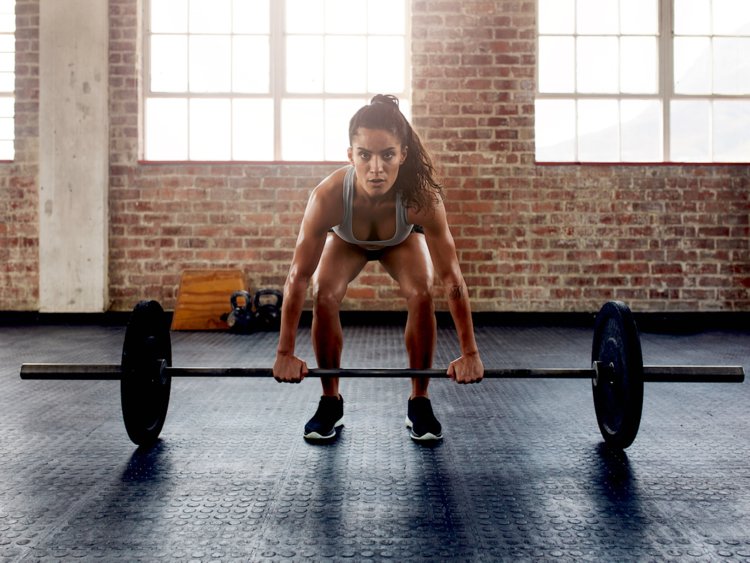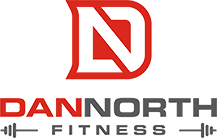How well you warm up will dictate how well you’re going to perform and feel. By rushing your warm up, you’re setting yourself up for failure.
Why you should be warming up every workout:
- MENTAL ENGAGEMENT
- PHYSICAL PREPARATION
- REDUCED RISK OF INJURY
- BETTER PERFORMANCE
- BETTER RECOVERY

Warming up is more than a few arm swings and quad stretch. To warm up optimally, there are stages that should be considered.
VISUALIZATION
It’s not just physical, it’s mental. Your body will not perform how you want it to if you don’t envision it. It starts with visualization. Painting a clear picture in your mind of your workout is the first step to making it successful. Know exactly what you’re going to do at the gym before you get there so you don’t stumble through your workout and waste time thinking.
DYNAMIC MOBILITY
These are movement-based drills used to lubricate the joints and ligaments to prepare your body for higher intensity exercises. Everyone has a different level of mobility which will call for different drills and strategies to improve it.
CORE ENGAGEMENT
Sometimes before training it may be effective to perform core activation drills in preparation for higher intensity workouts involving big lifts. If you ever experience lower back pain or sit at work for most of the day, I would strongly recommend warming up with some simple core exercises. These include deadbugs, planks, birddogs, etc.
CNS ACTIVATION
Your central nervous system (CNS) is the part of the nervous system that consists of the brain and spinal cord. Your CNS controls all musculoskeletal functions of the body. The stronger the connection between mind and body, the better you will perform. You can stimulate your CNS by performing quick, explosive movements like box jumps and other plyometric exercises. This is an efficient warm up tool especially if you’re going to be lifting heavy that day.
MOVEMENT SPECIFICATION
Now that you have finished your mobility and core drills, its time to perform specific movement patterns that mimic your workout. This includes light warm up sets of bodyweight or barbell squats before loading on more weight. Push ups and light barbell bench presses before adding weight is another example. By performing light movement specific exercises, you’re preparing your joints and ligaments for heavier loads.
INCREASE LOAD
Now you’re ready to start adding weight. Do so by increasing in small, incremental steps to increase your volume. If you add to much weight prematurely, your body and CNS won’t be warmed up enough for such a heavy load. Adding weight incrementally and performing multiple sets before you get to your working weight will warm up your musculoskeletal system up efficiently.





